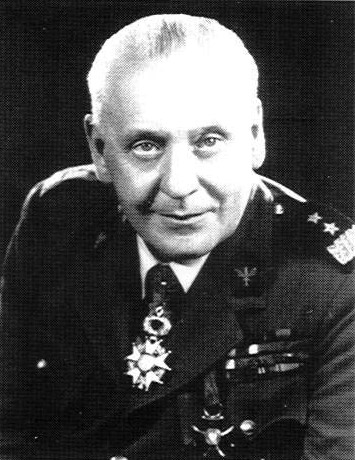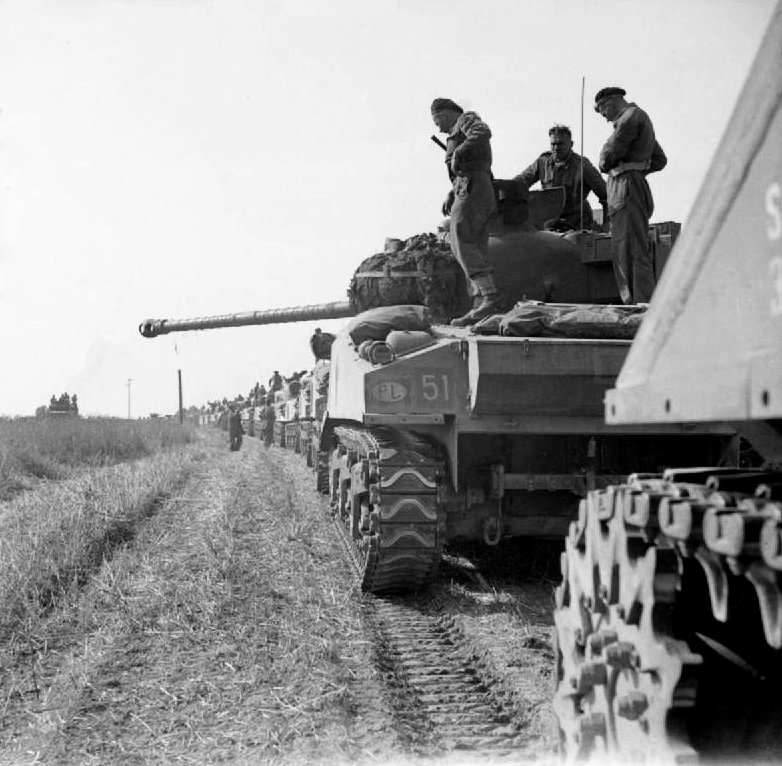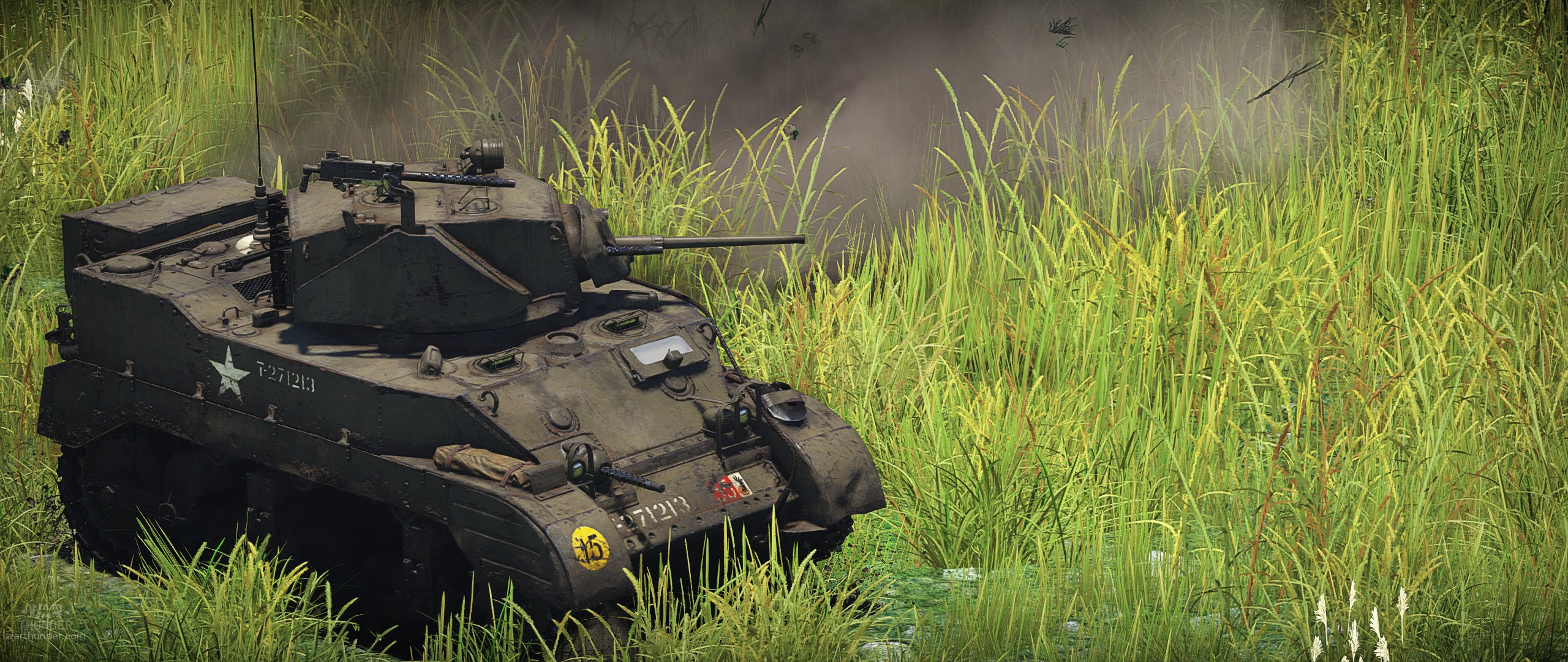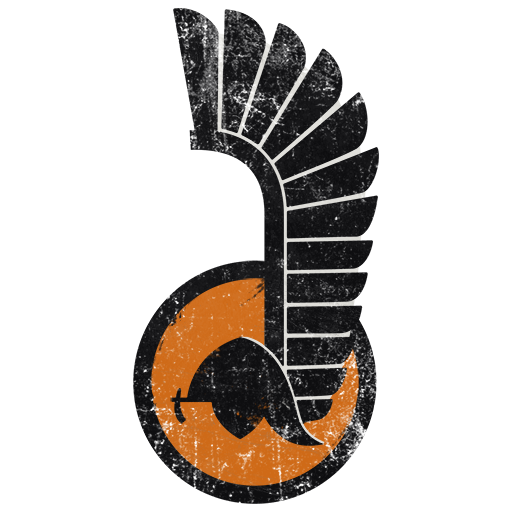
- For PC
- For MAC
- For Linux
- OS: Windows 10 (64 bit)
- Processor: Dual-Core 2.2 GHz
- Memory: 4GB
- Video Card: DirectX 11 level video card: AMD Radeon 77XX / NVIDIA GeForce GTX 660. The minimum supported resolution for the game is 720p.
- Network: Broadband Internet connection
- Hard Drive: 23.1 GB (Minimal client)
- OS: Windows 10/11 (64 bit)
- Processor: Intel Core i5 or Ryzen 5 3600 and better
- Memory: 16 GB and more
- Video Card: DirectX 11 level video card or higher and drivers: Nvidia GeForce 1060 and higher, Radeon RX 570 and higher
- Network: Broadband Internet connection
- Hard Drive: 75.9 GB (Full client)
- OS: Mac OS Big Sur 11.0 or newer
- Processor: Core i5, minimum 2.2GHz (Intel Xeon is not supported)
- Memory: 6 GB
- Video Card: Intel Iris Pro 5200 (Mac), or analog from AMD/Nvidia for Mac. Minimum supported resolution for the game is 720p with Metal support.
- Network: Broadband Internet connection
- Hard Drive: 22.1 GB (Minimal client)
- OS: Mac OS Big Sur 11.0 or newer
- Processor: Core i7 (Intel Xeon is not supported)
- Memory: 8 GB
- Video Card: Radeon Vega II or higher with Metal support.
- Network: Broadband Internet connection
- Hard Drive: 62.2 GB (Full client)
- OS: Most modern 64bit Linux distributions
- Processor: Dual-Core 2.4 GHz
- Memory: 4 GB
- Video Card: NVIDIA 660 with latest proprietary drivers (not older than 6 months) / similar AMD with latest proprietary drivers (not older than 6 months; the minimum supported resolution for the game is 720p) with Vulkan support.
- Network: Broadband Internet connection
- Hard Drive: 22.1 GB (Minimal client)
- OS: Ubuntu 20.04 64bit
- Processor: Intel Core i7
- Memory: 16 GB
- Video Card: NVIDIA 1060 with latest proprietary drivers (not older than 6 months) / similar AMD (Radeon RX 570) with latest proprietary drivers (not older than 6 months) with Vulkan support.
- Network: Broadband Internet connection
- Hard Drive: 62.2 GB (Full client)
'M5A1 Stuart VI, 24 Lancers regiment, 'Hetman Żółkiewski', 10th Armoured Cavalry Brigade, 1st Arm. Div.',
camouflage by RazNaRok | download here
The origins of the 1st Polish Armored Division in the West started even before the Second World War. In 1937 the 10th Cavalry Brigade of the Polish Army began transforming into a motorised brigade. At first this process was not received well by the Polish High Command as most officers believed tanks to be "mobile pillboxes", too dependant of fuel supply and favourable terrain. Also, the acquisition of armored vehicles was fairly expensive for a country such as Poland which was hit hard by the Great Depression. Still, the transformation was underway regardless of the feelings of many officers. In 1938 the unit, nicknamed "The Black Brigade" (for the colour of the unit trench coats), was transferred to the Samodzielna Grupa Operacyjna "Śląsk" (Independent Operations Group "Silesia"). The command of the unit was given to Colonel Stanisław Maczek. The unit was equipped with Vickers Type E light tanks, as well as TKS tankettes and towed Bofors 37 mm AT guns.
 |
| Stanislaw Maczek |
The outbreak of the Second World War was a shock to many; however, the Brigade fought bravely throughout the campaign. It managed to hold the advance of the German 22nd Corps near Chabówka on the 2nd of September, destroying up to 50 German tanks. Up until the 17th of September it was involved in the fight, slowing down the German advance as the Poles retreated towards the East. It was then that it was ordered to fall back into Hungary. Colonel Maczek and nearly 1500 men completed the crossing and were then interned.
This would not stop them from fighting the Germans again. Maczek and his troops managed to leave Hungary and, through Romania, sailed into France where the Polish Government in Exile set up in Angers. The reorganised Brigade was stationed at the Coëtquidan camp; however the French were reluctant and slow with supplying the new unit with vehicles and other equipment. This changed in May 1940, after the German attack against the Low Countries and France. In just a few days the Brigade was finally equipped with vehicles and sent to the front in Champagne. There, it took part in the clashes near Sant Bond and also lead the counterattack on Montbard, where it succeeded in recapturing the city. However, the lack of fuel and ammunition forced the Brigade to abandon their vehicles. On the 18th of May Maczek decided to break up the Brigade and ordered his troops to march to the South. Most of them managed to evacuate to Great Britain.
In the UK the Polish units were quickly formed into the 1st Polish Corps and moved into Scotland to guard the shore from the expected German invasion. The 10th Armored Cavalry Brigade was again reorganised with Maczek as the commander. After the threat of the invasion had passed with the end of the Battle of Britain the Poles began lobbying for a creation of an entire Polish Armored Division. This was accomplished on the 25th of February 1942 when the 1st Polish Armored Division was created by the order of General Władysław Sikorski. It consisted of the 10th Motorised Cavalry Brigade, a reconnaissance regiment, the 16th Tank Brigade, as well as its own artillery, sapper and logistics units. At first it was equipped with Covenanter and Valentine tanks for training purposes. The command of the unit was given to the now Brigadier General Maczek.
Before the invasion of Normandy two major things happened to the Division. First, the Division was attached to the 1st Canadian Army of the 21st Army Group of Field Marshal Bernard Montgomery. Secondly, the Division was equipped with new tanks – mainly with Cromwell cruiser tanks, M5A1 Stuart light tanks and different variants of the M4 Sherman – predominantly the M4A4 and the Sherman”Firefly”. The unit did not participate in the first wave of Normandy landings; however it was transported to France in July and August.
 |
| Sherman tanks of 1st Polish Armoured Division at the start of Operation 'Totalise'. Normandy Campaign 1944. |
The Division went into battle on the 8th of August 1944, as a part of the 2nd Canadian Corps during Operation ”Totalize”. Its objective was to advance towards Falaise to close the encirclement of the German 7th Army. The objective, however, was not met. The Allies attacked again on the 14th of August during Operation ”Tractable”. This time, after 4 days of fighting along the river Dives, Maczek spotted a gap in the German defense. It was then that he divided the unit into two groups and pushed them into the gap. The first group captured a strategic crossroad near the town of Chambois while the second group moved into a defensive position of the Mont Ormel hills, known as the “Club”. The Germans quickly began the counterattack, hoping to break through. At a critical point the Poles were being attacked from three sides, not only by the 7th Army, but also by the 2nd SS Panzer Corps. The encircled Poles fought bravely and thanks to allied supply airdrops did not falter. Finally, on the 21st of August the 4th Canadian Armored Division moved in and relieved the pressure. The Battle of Falaise ended with an Allied victory.
After Falaise the Division participated in the allied offensive toward the Low Countries. On the 6th of September 1944 the Division set foot in Belgium, liberating the town of Ypres after vicious street fighting. The unit then pushed north, liberating the town of Ghent and moving towards the southern Netherlands. There, the assault was being slowed down by heavy German defences. Regardless the Poles, the British and the Canadians moved on. The Division took part in the fights near Terneuzen and also liberated the towns of Breda and Moerdijk before the end of the year. In April 1945, the Division participated in the final assault on Germany. There, it liberated a prisoner camp near Oberlagen where the captured female Home Army fighters who took part in the Warsaw Uprising were being interned. The war trail of the Division ended in the Kriegsmarine naval base of Wilhelmshaven which was captured with its whole garrison on the 5th of May 1945. After the war’s end the Division fulfilled occupational duties in northwest Germany until 1947. It was then that the unit was transported back to the United Kingdom and demobilised.
Author: Adam “BONKERS” Lisiewicz
In one of the coming updates we will introduce the emblem of the 1st Polish Armoured Division:
Created by Branislav 'InkaL' Mirkov





